GM Sold 124,000 More Pickup Trucks Than Ford In The First Three Quarters Of 2015
Not since 2009 has General Motors ended a calendar year with more total pickup truck sales than Ford. Moreover, not since 2009 have General Motors’ full-size pickup trucks, combined, outsold the Ford F-Series.
As GM’s current generation of pickup trucks overcame their slow start and GM added midsize pickup trucks to their fleet – and as Ford entered a transition phase between old F-150 and new aluminum-bodied F-150s – 2014’s results were close. Yet even in those circumstances, Ford Motor Company sold 1,000 more pickup trucks than General Motors in the United States last year.
2015 is very, very different. As Ford gradually ramped up F-150 availability for much of the year and as the clear-out of remaining last-gen models ended, total F-Series sales slid 2.4 percent through the first half of this year. Meanwhile, GM’s full-size twins are stealing market share, not just from the F-Series, but from the Ram P/U range, as well.
By the end of the third quarter, GM reported a 14 percent year-to-date increase in full-size truck sales in a full-size truck category that’s up just 6 percent. In addition, GM also sold nearly 86,000 Chevrolet Colorados and GMC Canyons, a small figure by full-size standards, but equal to 32 percent market share in a small/midsize category that grew 47 percent so far this year.
Throw the Chevrolet and GMC foursome together, add 10 leftover Avalanche and Escalade EXT sales into the mix, and General Motors sold 688,225 pickup trucks in the U.S. during the first nine months of 2015. That represents a 30 percent year-over-year volume increase, an increase in pickup truck market share from 31 percent in 2014’s first three-quarters to 37 percent this year, and 123,774 more total pickup truck sales than Ford managed in the same time period.
Nearly have that new Ranger, ready, Dearborn?
To what degree Ford is concerned by the major gap in total U.S. pickup truck volume is something of an unknown due to three key factors.
First, pickup average transaction prices are shooting through the roof, so while Ford has returned to a No. 2 position in the truck arena, the latest generation of trucks can clearly still be Ford’s key profit generator.
As for the No. 2 position, GM’s sales split — 26 percent of GM’s full-size sales come from the GMC Sierra — means Ford’s F-Series is still the top-selling pickup truck line in America, 123,547 sales ahead of the Chevrolet Silverado through the end of September, and with that status comes the ability to advertise that status.
And third, the F-Series is recovering rapidly in the second half of the year. Third quarter F-Series volume jumped eight percent, a gain of 16,059 units. The F-Series trailed the GM full-size twins by nearly 19,000 sales between July and September, but Ford managed to produce its two best months of the year in August and September.
Back at General Motors, the pickup success has proven all the more vital because of the downturn experienced across the rest of the automaker’s lineup. Non-pickup truck sales at GM are down four percent, a loss of more than 66,000 sales created largely by the car division’s 15 percent drop.
Timothy Cain is the founder of GoodCarBadCar.net, which obsesses over the free and frequent publication of U.S. and Canadian auto sales figures. Follow on Twitter @goodcarbadcar and on Facebook.
More by Timothy Cain
Latest Car Reviews
Read moreLatest Product Reviews
Read moreRecent Comments
- Formula m How many Hyundai and Kia’s do not have the original engine block it left the factory with 10yrs prior?
- 1995 SC I will say that year 29 has been a little spendy on my car (Motor Mounts, Injectors and a Supercharger Service since it had to come off for the injectors, ABS Pump and the tool to cycle the valves to bleed the system, Front Calipers, rear pinion seal, transmission service with a new pan that has a drain, a gaggle of capacitors to fix the ride control module and a replacement amplifier for the stereo. Still needs an exhaust manifold gasket. The front end got serviced in year 28. On the plus side blank cassettes are increasingly easy to find so I have a solid collection of 90 minute playlists.
- MaintenanceCosts My own experiences with, well, maintenance costs:Chevy Bolt, ownership from new to 4.5 years, ~$400*Toyota Highlander Hybrid, ownership from 3.5 to 8 years, ~$2400BMW 335i Convertible, ownership from 11.5 to 13 years, ~$1200Acura Legend, ownership from 20 to 29 years, ~$11,500***Includes a new 12V battery and a set of wiper blades. In fairness, bigger bills for coolant and tire replacement are coming in year 5.**Includes replacement of all rubber parts, rebuild of entire suspension and steering system, and conversion of car to OEM 16" wheel set, among other things
- Jeff Tesla should not be allowed to call its system Full Self-Driving. Very dangerous and misleading.
- Slavuta America, the evil totalitarian police state
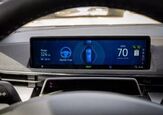
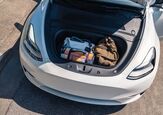

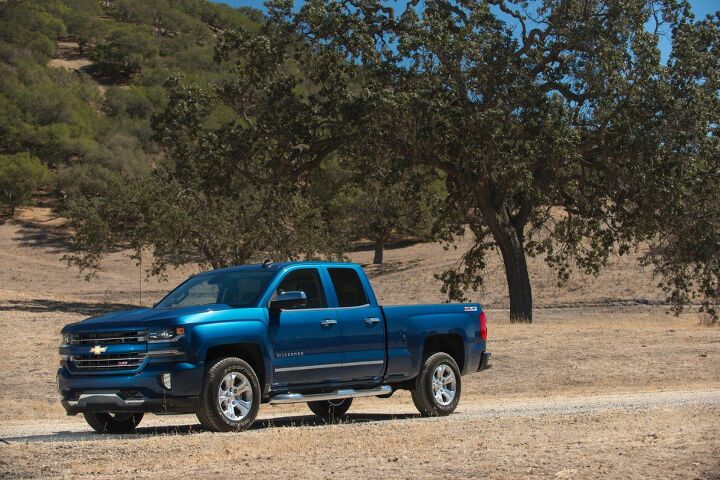
















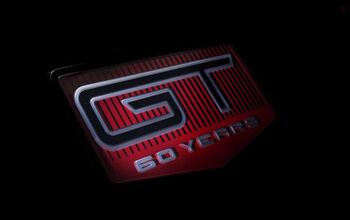
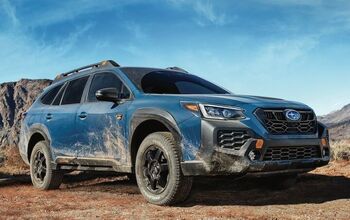
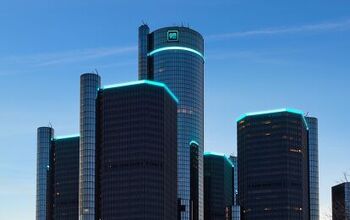
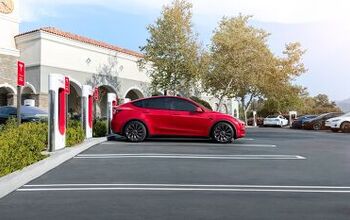
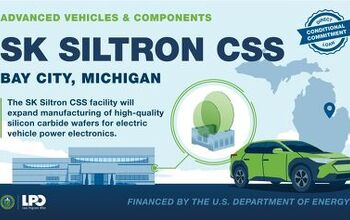
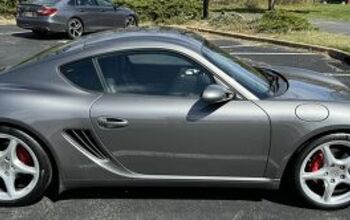
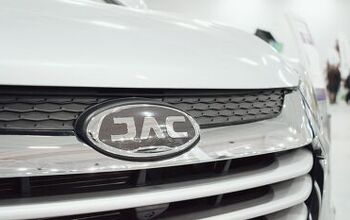
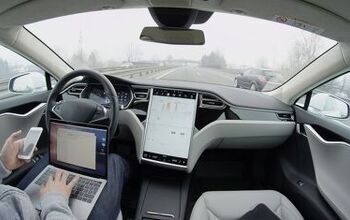
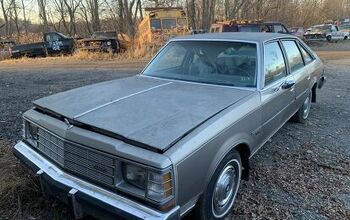
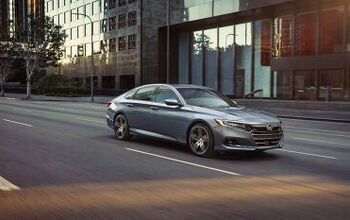
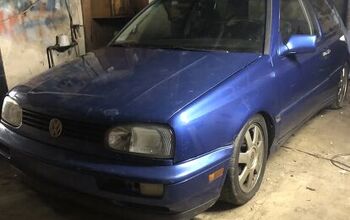
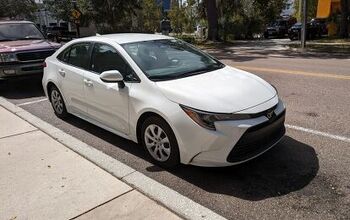
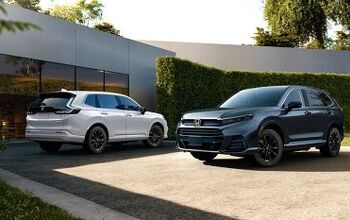
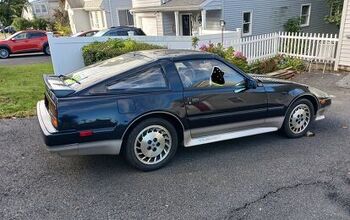
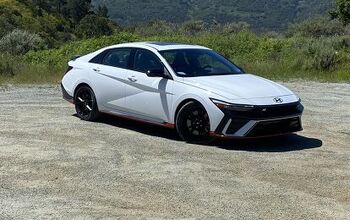
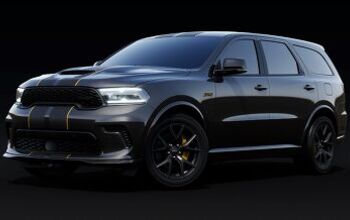
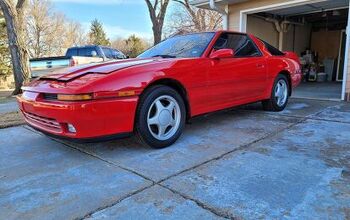
Comments
Join the conversation
Kudos to Chevy/GM...their truck is a traditional model with a myriad of configurations. While the Chevy does little for me, the GM is a great, relatively conservative design...far better than anything else on the market IMO. Not sure why they had to rush a remodel since the current models are doing well - certainly with strong incentives but they're still making money.
The F-series will remain the most profitable pickups, which I think is the bottom line here. That's even when combining Silverado and Sierra pre tax profits. Except a large part of GM's current fullsize pickup sales success is lost F-150 fleet sales, down about 50%. GM's midsize twins can only help erode the extremely vital profitability of the Silverado/Sierra.